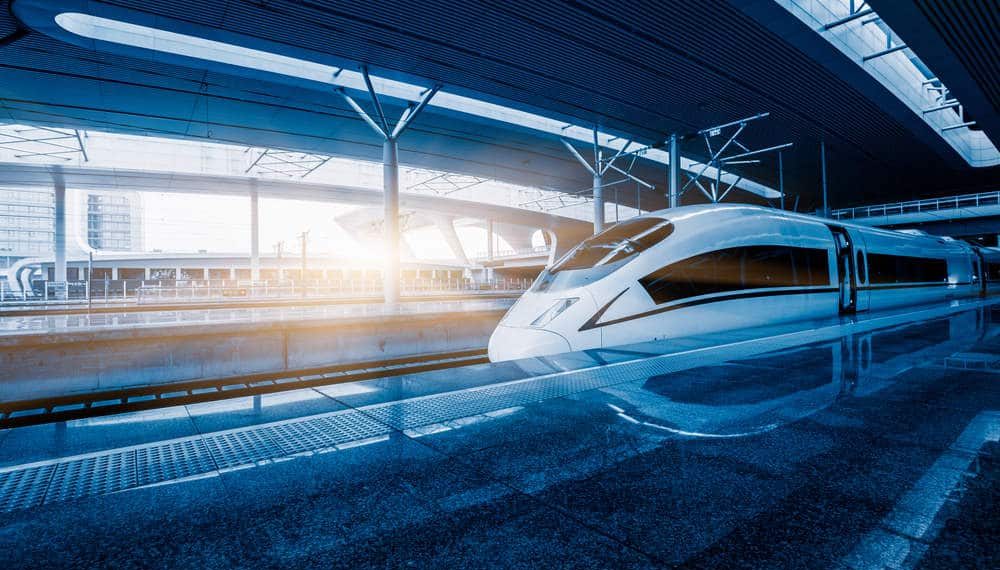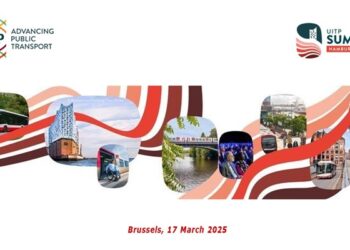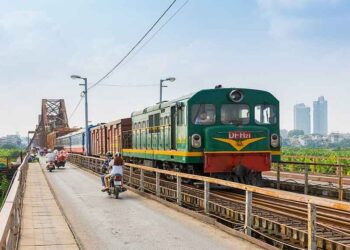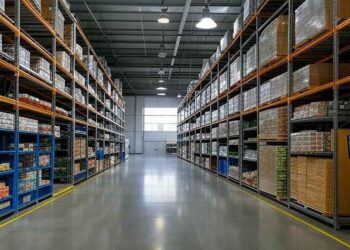Thales vice president and chief technical officer, ground transportation systems Amaury Jourdan hosted the conference on 22 March and discussed numerous topics surrounding the digitalisation of the rail industry.
The introduction of more and more digital technology within the rail industry is transforming operations, creating an attractive environment for passengers, and offering new ways for the industry to operate. The introduction of these new technologies can not only improve mobility but also work towards reducing costs which will boost the overall attractiveness of rail for passengers.
Thales addressed the importance of cybersecurity and its current and future digital solutions for the rail industry. The conference presented technology that enables passenger density monitoring on platforms, greener driving for rail operators and the steps that are being taken towards the inclusion of autonomous trains.
Autonomous trains
Autonomous road vehicles such as those under development by Tesla are on the verge of acceptance. New developments in autonomous technology are now being explored within the rail industry, however, it is a much slower process due to a different set of rules and regulations applying to those in the car industry. One of the most significant is that artificial intelligence cannot be used in train technology. This has seen Thales currently working on technology for the market which does not require the use of artificial intelligence; however, the company is currently working on a solution which it calls trusted AI.
Jourdan explained: “Thales is currently working on what we call trusted AI, where we could tomorrow [or] in the future use artificial intelligence in safety systems, but today we cannot do that because we have very, very stringent standards and regulations.”
To achieve train autonomy technology sensors will need to be included to provide the train with situational awareness, which could be communicated via satellite. To ensure safety measures are upheld, the train would also need to be provided with information regarding its route, passenger safety information and surroundings.
Thales is currently carrying out trials of this technology with organisations including SNCF in France, Jourdan said: “We are already doing first trials for instance with SNCF in France [and] with an operator in Germany. We are currently doing trials with sensors and how we can in fact automate more with confidence the operations of mainline trains.”
Passenger density technology
The ongoing impacts of the Covid-19 pandemic have changed the way we go about our day to day lives dramatically when it comes to the inclusion of social distancing, mask-wearing and frequent sanitisation.
The importance of maintaining social distancing within a station environment is key to ensure not only a passenger’s own safety but that of fellow passengers. Technology developed by Thales known as DIVA – a crowd-detection algorithm to – helps passengers to avoid crowded areas within the station as well as providing transport operators with insights, predictions, and alerts.
The technology works by utilising existing CCTV cameras found in and around train stations by using computer vision algorithms. This data is then used to generate real-time data and heat maps to provide insight into passenger density for passengers and employees.
One way in which the technology can be used is to provide passenger guidance on platforms. By using the CCTV data, DIVA can show passengers who are waiting on platforms which carriages of the approaching train are more or less crowded. This information is colour coded – green for low, yellow for medium and red for high- to enable social distancing and passenger safety while travelling via train.
The technology also enables train platforms to be monitored. Station staff need to be able to monitor crowding quickly and easily to ensure social distancing is being upheld by passengers. DIVA provides live network density maps which show employees the passenger density level of each station area. The colour coding system of red, yellow, and green is used again to show density thresholds which can be pre-configured before the installation of the technology.
GreenSpeed
During the conference, Thales presented its sustainable mobility method, GreenSpeed. This driver advisory technology, controlled by algorithms, informs the driver how to best drive the train according to various environmental cues.
The technology monitors speed, weather conditions and track congestion, and according to Thales, will reduce emissions by up to 15% which equivalates to the consumption of a city that has 2,000 inhabitants per year.
Jourdan expanded: “GreenSpeed is basically helping the driver accelerate or brake the train according to environmental parameters. It could be the weather; you don’t drive a train the same way in the wet as if it’s dry. It could be because the train is stuck [and] there is an incident somewhere, it’s stuck at a station in front of you, so you don’t have to accelerate and then brake,” Jourdan said. “So GreenSpeed is a set of algorithms that is provided to the driver thanks to a very simple, smart tablet; it gives information about how to best drive to train according to the environment.”


































